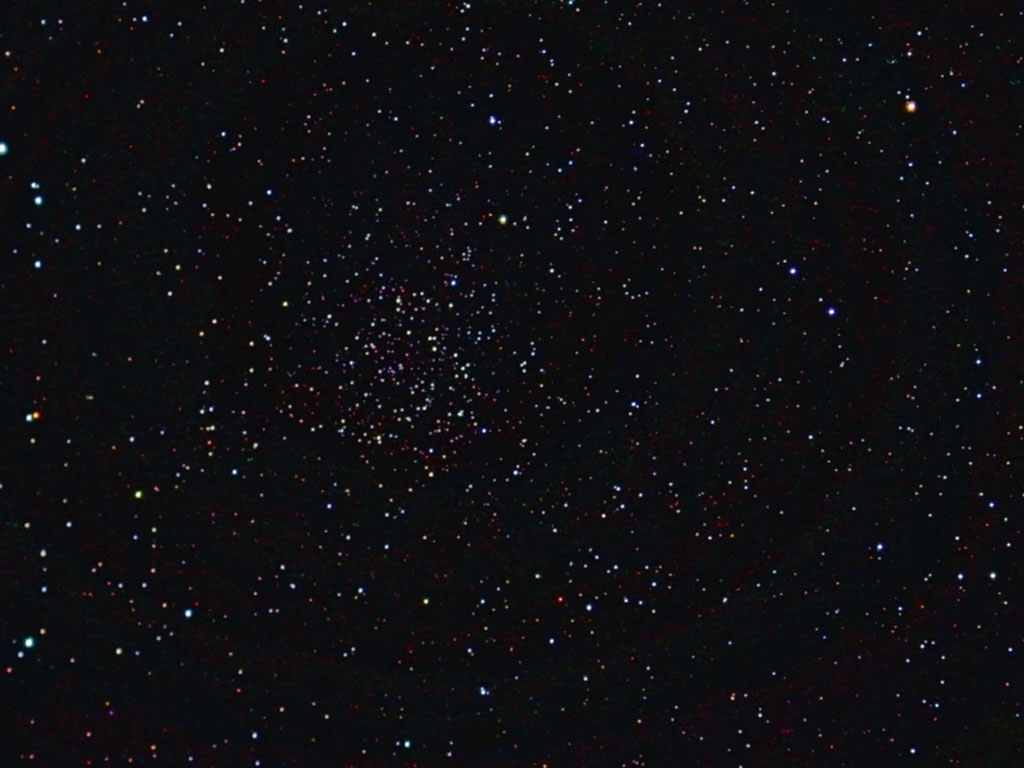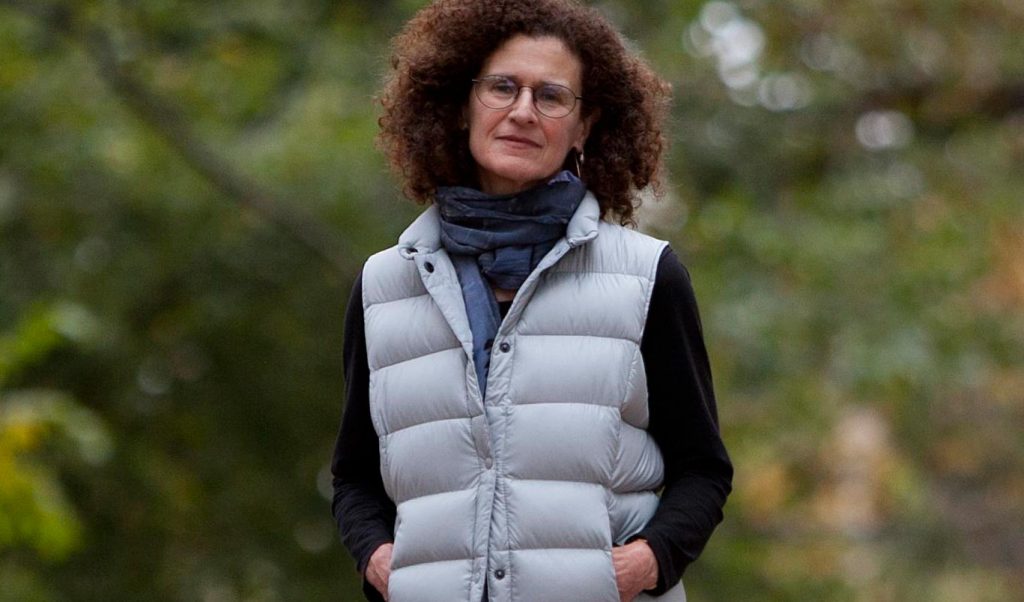Congratulations to G. C. Waldrep–whose “Internal Monument,” which appeared in the Spring 2011 issue of Michigan Quarterly Review, has been selected for inclusion in Puchcart Prize XXXVII: Best of the Small Presses. Here it is for you again:
INTERNAL MONUMENT
A man was sad—for himself, maybe for someone else, maybe he had lost something, or someone—so he hired some workmen to erect a monument. He was not surprised when they came calling early one morning, while he was still in bed, but he was surprised when, with a practiced slash, the foreman opened his chest. “We build the monument inside,” the foreman said. “But who will see the monument?” the man protested. “It’s a monument for feeling, not for seeing,” the foreman replied.
The operation was unpleasant but was soon over. And sure enough, after a brief interval of recuperation, the man felt, he thought, a little less sad than before.
This lasted a while, but then he felt the sadness returning, in spite of the dark, heavy space in his chest where the monument rested, nestled in flesh. He called the workmen again. They obligingly came and repeated the procedure.
Over the ensuing months and years, the man had cause to call upon the foreman and his crew repeatedly, as new life brought new losses, new sadnesses. His chest became a jumbled cabinet of monuments, the fatty tissue of his upper arms and thighs, his bowels: even his fingers and toes felt weighed down by his commemorations. At length, it was all he could do to lift the telephone receiver at his bedside. He called the foreman. “I can’t get up,” he said. “I can’t even move.” “An unfortunate side effect,” the foreman told him. “Really, there’s nothing we can do.”
Bedridden, the man felt deprived even of what had been the most mundane pleasures of daily life: strolls down the avenue, the smell of bread baking at a neighborhood patisserie, autumn leaves. It was not turning out at all as he had expected, this life.
Inside his body the monuments huddled. Mutely, he thought, though sometimes, late at night, when he tried to shift position, they brushed against one another and made what could only be called sounds, though no one else could hear them, and he heard them, if he heard them, with his body, rather than with his ears.
When the man died, his landlord, his executors, eventually the city authorities all attempted to wrest his body from what had become his deathbed. No one could move it. Finally, they called the foreman, who agreed to try one last procedure on the corpse.
The foreman unzipped the body like a flimsy valise and, with the assistance of his workmen, slowly, carefully turned it inside out. Now everyone could see the monuments, but no one could see the man.
They were beautiful, his monuments. People traveled into the city from miles around to view them. The city graded and graveled lanes in what had been the sad man’s body. Clerks and engineers began to take their families there for picnics. A bandstand was built. Lovers gathered at dusk for concerts and, later, laid out blankets on the generous lawns, over which the monuments stood like sentinels. “Look at the stars,” the lovers whispered to one another. “Look up at the beautiful stars.”
G.C. Waldrep’s most recent collections are Archicembalo (Tupelo, 2009), winner of the Dorset Prize; Your Father on the Train of Ghosts (BOA Editions, 2011), in collaboration with John Gallaher; and a chapbook, “St. Laszlo Hotel” (Projective Industries, 2011). His work appeared in Best American Poetry 2010 and is forthcoming in the second edition of the Norton Anthology of Postmodern American Poetry. With Ilya Kaminsky, he coedited Homage to Celan (Marick, 2011), an anthology of creative, critical, and personal responses to the life and work of Paul Celan. With Joshua Corey, he coedited The Arcadia Project: North American Postmodern Pastoral, forthcoming from Ahsahta in August 2012. Waldrep lives in Lewisburg, Pa., where he teaches at Bucknell University, edits the journal West Branch, and serves as Editor-at-Large for The Kenyon Review.



